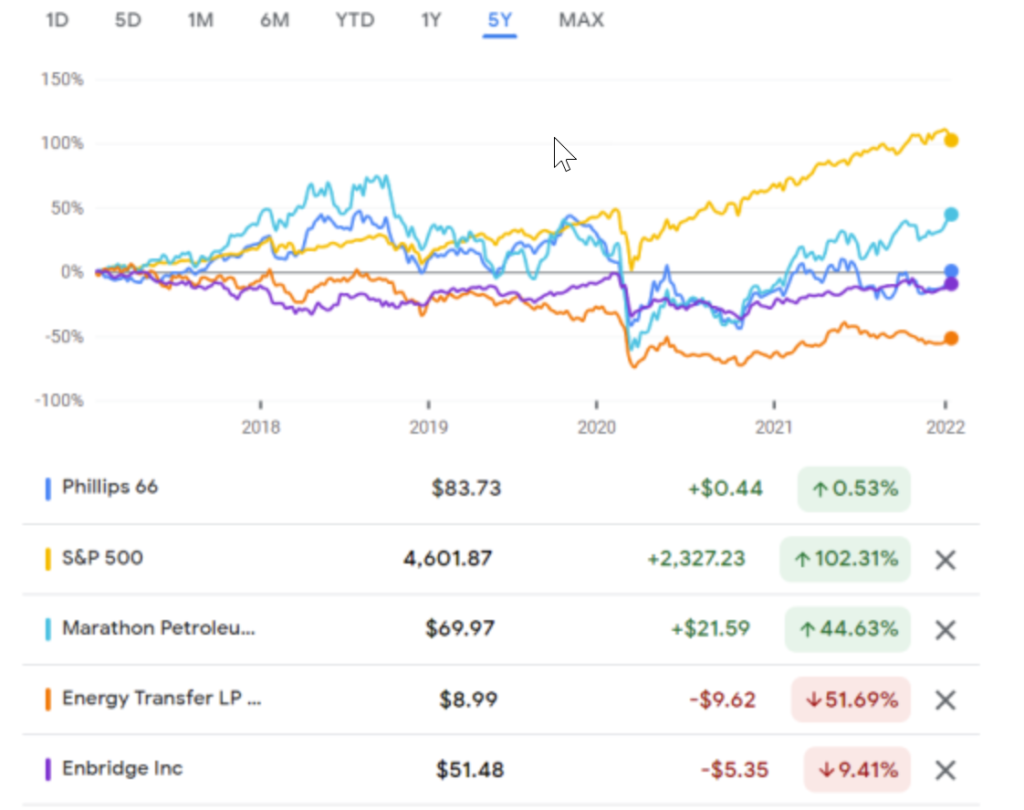Excerpt:
The California State Teachers’ Retirement System is now planning to formally define the term “diverse manager” and adjust their definition of “emerging manager.” Though the two categories overlap, they are not identical.
The term “emerging manager” is based on the following criteria, according to CalSTRS: “the amount of assets under management; fund lifecycle of funds; firm legal structure; non-employee ownership percentage; and other various factors including track record, private placement memorandum.”
The term “diverse manager” will refer exclusively to the diversity of the firm’s ownership. The term will be defined in a tiered way such that if a firm is 25% to 49% owned by women, ethnic minorities, and/or LGBTQ individuals, it will be labeled as “substantially diverse.” A firm would be labeled as “majority diverse” if it is more than 50% owned by women, ethnic minorities, and/or LGBTQ people. Ethnic minorities include all non-white groups listed on the census.
Author(s): Anna Gordon
Publication Date: 4 May 2022
Publication Site: ai-CIO
